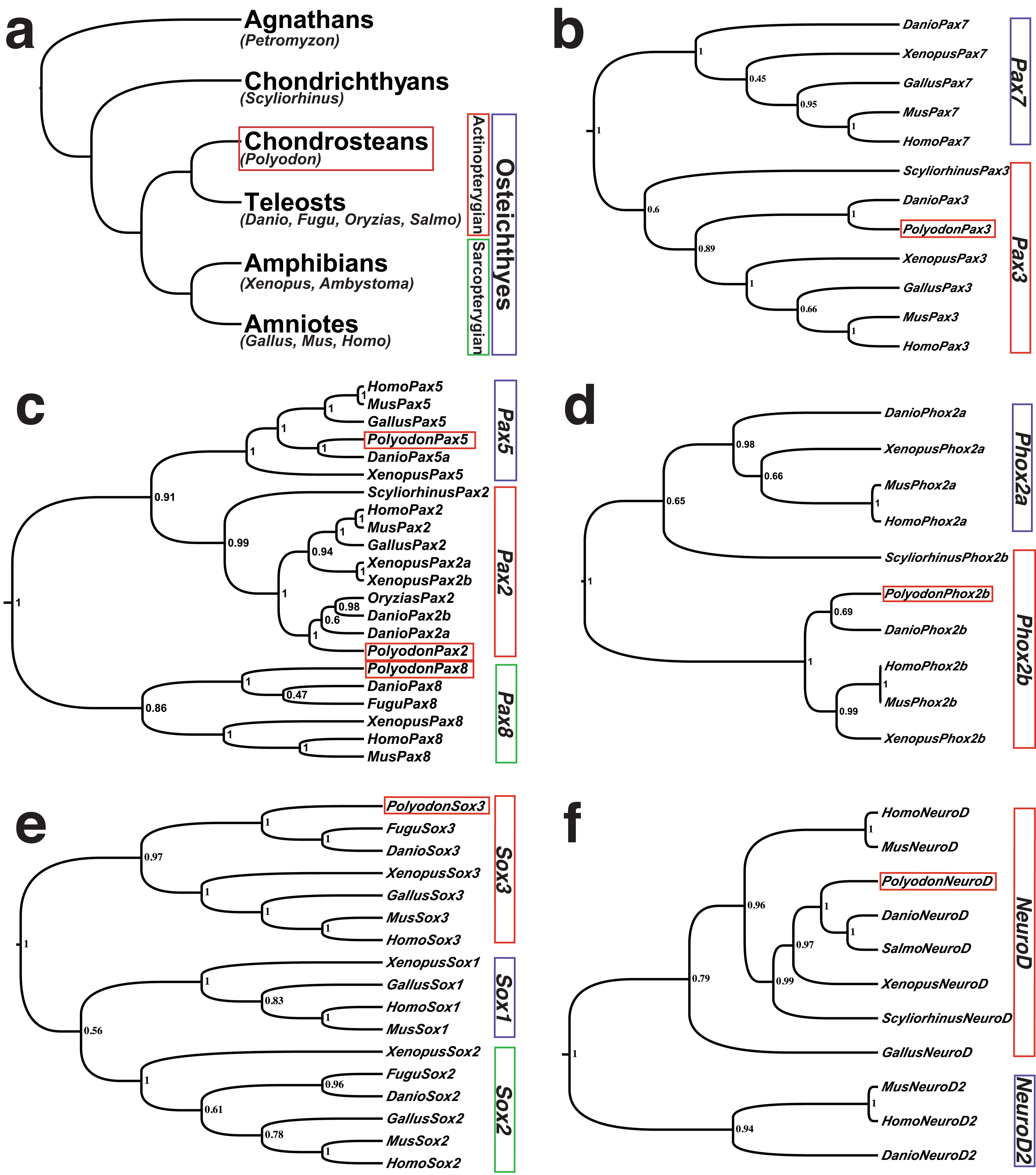Fig. 1. Phylogenetic trees generated using a Bayesian-coalescence framework confirm the orthology of cloned Polyodon spathula (paddlefish) cDNA fragments.

(a) A highly simplified vertebrate phylogeny showing the relationship of the main vertebrate developmental and genetic model systems in relation to the chondrostean (basal acintopterygian) Polyodon spathula (North American paddlefish) (red box), as well as other basal vertebrates used in comparative developmental studies, such as the lamprey Petromyzon marinus (an agnathan, i.e., jawless fish), and the shark Scyliorhinus canicula (a chondrichthyan, i.e., cartilaginous fish). Tetrapods (amphibians and amniotes) and teleosts are members, respectively, of the two sister groups of bony fish: sarcopterygians (lobe-finned fish) and actinopterygians (ray-finned fish). (b-f) Phylogenetic trees showing the orthology of the Polyodon gene fragment with other vertebrates. Polyodon sequences are outlined by a red box. Numbers at nodes represent the Bayesian posterior probability of each clade. (b) Pax3. (c) Pax2/5/8 family. (d) Phox2b. (e) Sox3. (f) NeuroD. Species abbreviations are as follows: Danio, Danio rerio (zebrafish); Fugu, Takifugu rubripes (pufferfish); Gallus, Gallus gallus (chicken); Homo, Homo sapiens (human); Mus, Mus musculus (mouse); Oryzias, Oryzias latipes (medaka); Polyodon, Polyodon spathula (paddlefish); Salmo, Salmo salmo (salmon); Scyliorhinus, Scyliorhinus canicula (lesser-spotted dogfish/catshark); Xenopus, Xenopus laevis (African clawed frog).
